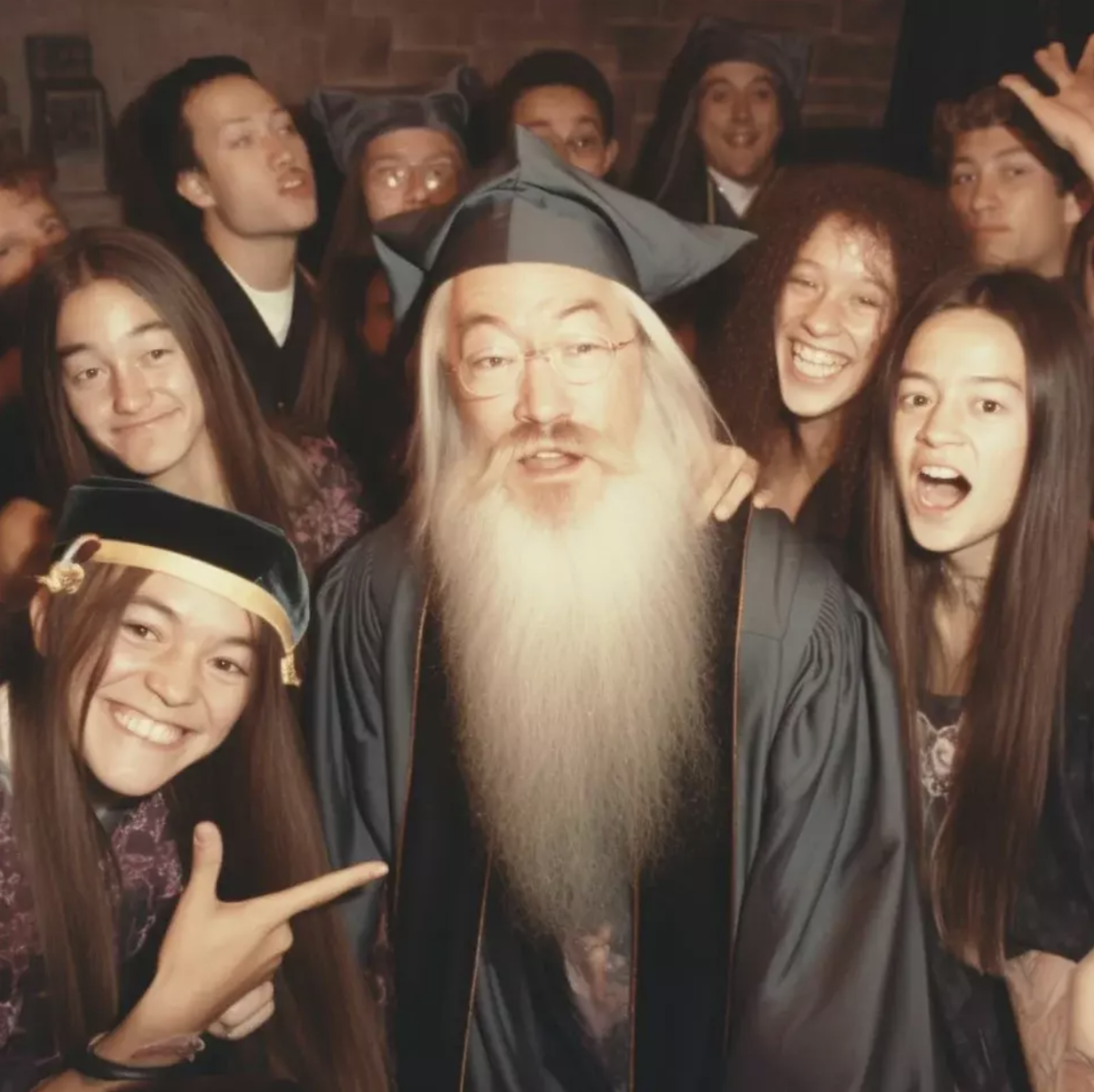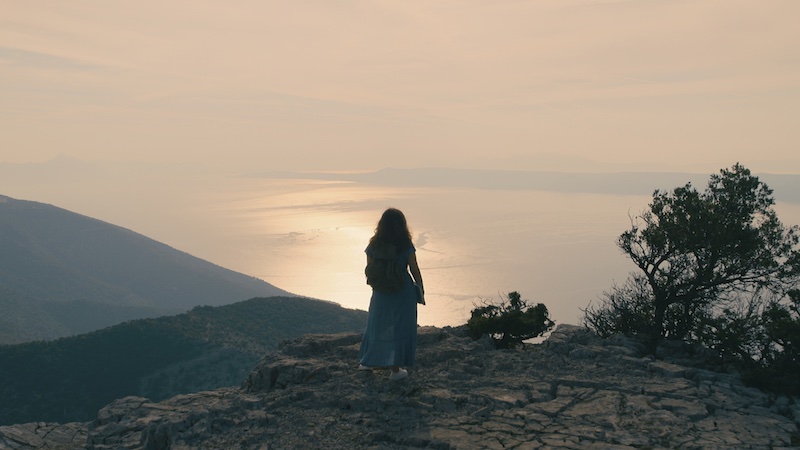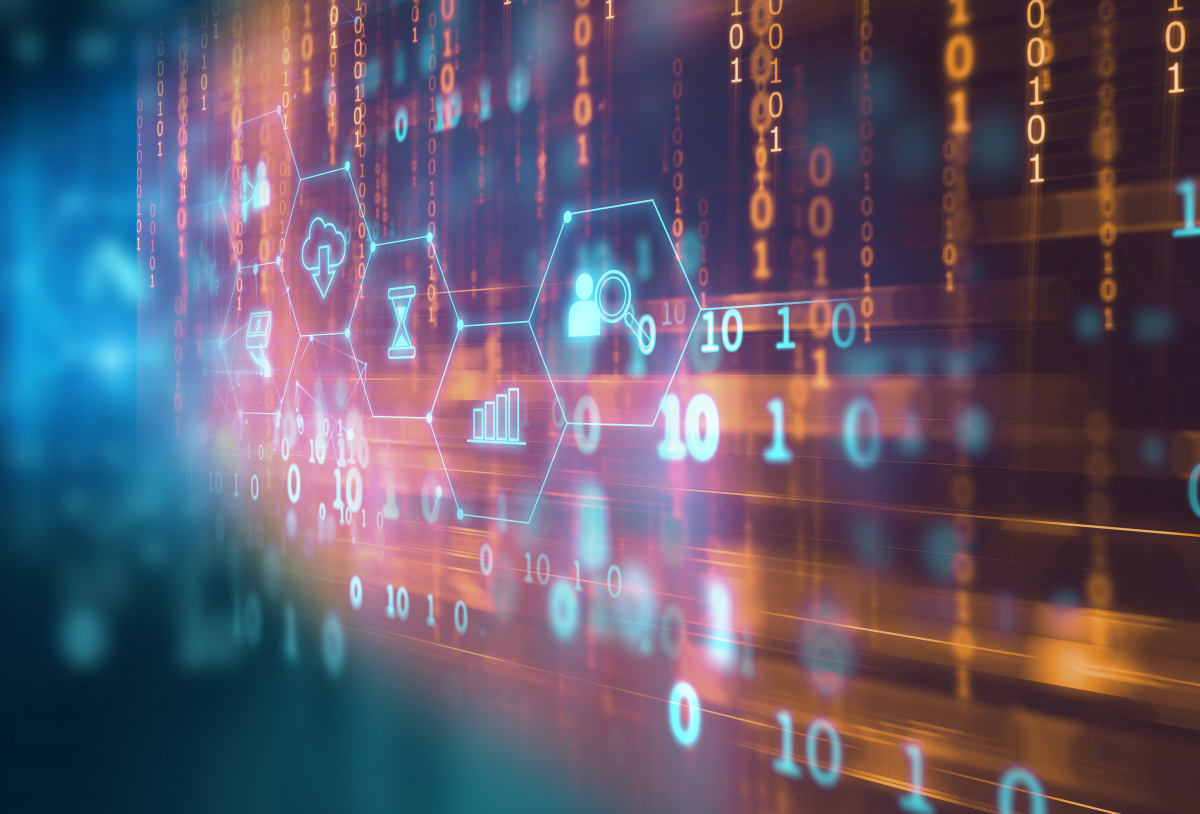This is how you use the image AI and these alternatives are there
The pope in an extravagant white jacket, the next James Bond, abstract art or a previously undiscovered work by van Gogh? All of this already exists on the Internet – created with the image AI Midjourney. The results are always amazing and show what the technology is already capable of. But how can you use Midjourney yourself and doesn’t one of the alternatives do the same? We explain it to you.
Contents
- 1 What distinguishes Midjourney?
- 2 Midjourney V5: This is what the new version can do
- 3 How can I sign up for Midjourney?
- 4 Who is behind Midjourney
- 5 Do I need a Discord account for Midjourney?
- 6 Can I use Midjourney for free?
- 7 Getting started: How to create your first midjourney image
- 8 Can everyone see my prompts and images?
- 9 What is a good midjourney prompt?
- 10 What free mid-journey alternatives are there?
- 11 Inspiration: Where can I find mid-journey images?
- 12 What is the legal situation for midjourney images?
What distinguishes Midjourney?
Midjourney convinces above all with the image quality and the optical versatility. If you want to create human characters with an image AI or design images that are as realistic as possible, you will get a lot here. But there is no tappable API like Dall-E, for example, and the tool is not free and open source like Stable Diffusion.
Midjourney V5 delivers a great stylistic variety and above all higher quality images. In addition, some problem areas of the image AI (keyword: hands and fingers) were further refined. However, this version should still be a long way from the range of functions and quality of the final version of the image AI. In particular, people who actually exist can already be displayed better with Midjourney V5 than with the other well-known services.
Midjourney celebrates Hogwarts party
To sign up for Midjourney, you first need a Discord account. Once you have put this on, call them Midjourney website log in there with your Discord details and subscribe to one of the plans. You will then receive an invitation to the corresponding Discord server. If you can’t find the invite, click Add Server in Discord and enter http://discord.gg/midjourney to join the server.
Midjourney was founded by David Holz, who continues to run it. Unlike many currently popular AI tools like ChatGPT or Bard, there is no company like Microsoft, Google or Meta behind it.
It is currently not possible to register at Midjoruney without Discord.
In March 2023, Midjourney ended the free trial. The official reason given was the excessive misuse of image AI for deepfakes, such as fake photos of the Pope or Donald Trump.
The currently cheapest plan starts at eight dollars per month for an annual subscription. If you want to cancel monthly, the price is 20 percent higher. If you want to use Midjourney for your company, you need the Pro plan (from $48 a month) if you have sales of $1 million or more.
If you want to get started right away, join one of the “Newbie” rooms on the Midjourney Discord server and type “/image” followed by your prompt into the chat there. Your picture will then be created and sent to you by the bot, which can be faster or a little slower depending on the payment plan. You get four image suggestions, for which you can now request an upscaling (command: U1-u4) or further variations (V1-V4).
Just click on the picture to see it in its original size. The image can then be saved by right-clicking.
You enter your prompts in discord rooms with other midjourney users and your results are also displayed there. However, there is such a brisk business that individual inquiries are not more conspicuous. However, you can scroll through the community prompts and results to get a better understanding of what makes good input at Midjourney AI.
If you subscribe to the Pro plan, you can generate images in the so-called “stealth mode” without other Discord users seeing them.
Basically, the more precise the prompt, the better the result. Of course, it can also be fun to be surprised by what the AI makes of rather vague commands. However, if you are pursuing a specific goal, you should also formulate it as extensively and stringently as possible. The following information is particularly important:
- What should be the central element of the picture (person, object, etc.)?
- How should it be represented (e.g. portrait, in focus, full body shot, perspective distortion)?
- What should the background be like (monochrome, with additional objects, landscape, sky, etc.)?
- In which style should the picture be created (e.g. oil painting, realistic photo or abstract art)?
- You can also integrate artists’ names into the prompt so that the image stays in the same style.
- Should certain color tones prevail?
- Uses quantities (e.g. “a pack of dogs” instead of just “dogs” or a specific number).
Midjourney now works so well that even less precise prompts deliver good results, especially if you want to create more abstract images. But you create true works of art with particularly detailed entries. Important: With “detailed” is not meant vaguely. For all image AI prompts (also for midjourney alternatives) you should delete superfluous words that do not contain any additional information from the prompt.

Barbenheimer is trendy
You can also integrate existing images into your prompt, for example to clarify the desired style. To do this, you must place the appropriate image URL directly at the beginning of your prompt or upload an image from your hard drive. To do this, drag and drop the image into your chat with the Midjourney bot after entering “/image” as usual. You can also combine multiple images together.
Parameters, on the other hand, belong at the end of your prompt. Midjourney has one List of the most important parameters published. These include “ar” for the aspect ratio, “No” for so-called “Negative Prompts” if you don’t want something on the image, or “Chaos” to specify how much variance the images should provide. In the end, your prompt is structured like this: “/image” + image URL (optional) + text prompt + parameters (optional).
You can find more tips in the Documentation directly at Midjourney.
The most popular free mid-journey alternatives include Stable Diffusion (currently you don’t even need an account there) and Dall-E from OpenAI. Meta (Cm3leon) and Google (Imagen) are also working on image AI. There are also other forms of image AI: Stable Doodle, for example, creates images from your sketches. Stable Diffusion in particular stands out as an open source tool from most of the competition. In addition, the image AI with the right prompt also delivers results that are worth seeing. Only when people are to be created does it get a little more snagged.
If you want to know what is already possible with image AI and what progress has been made with Midjourney V5, you will find a lot of exciting experiments on the Internet. In the Reddit thread r/midjourney people share their results and sometimes also provide the associated prompts at the same time.
Check out this image gallery for some impressive examples of what Midjourney can do:

Midjourney turns Harry Potter characters into Wes Anderson icons
The following passage can be found in the Midjourney GTC: “If you are not a paid member, you don’t own the assets you create. Instead, Midjourney grants you a license to the Assets under the Creative Commons Noncommercial 4.0 Attribution International License.” So if you create images with Midjourney, you don’t necessarily own them. In the USA, for example, the responsible authority decided a few months ago that artists cannot claim copyright for AI-generated images.
Stable Diffusion, Midjourney and Co. have not only been sued for copyright infringement. There is a constant discussion about which data can be used to train artificial intelligence and what happens if this data is protected by copyright. Last but not least, there is the question of what copyright law looks like when images are generated that are very similar to the protected originals. Image AI is one of the many AI areas that is evolving faster than legislators can keep up. Anyone who uses the AI images commercially should therefore actively follow the relevant case law in order to be able to react quickly to any changes.



